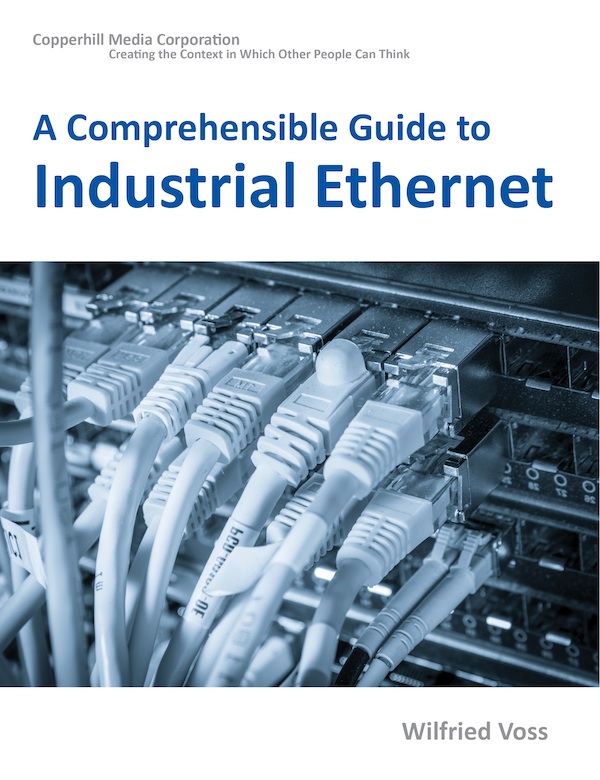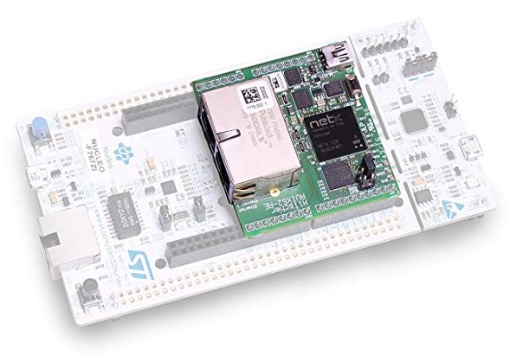Recent Posts
Industrial Ethernet Guide - Comparison of Industrial Ethernet Protocols
Posted by on

The following is part of A Comprehensible Guide to Industrial Ethernet by Wilfried Voss.
To quote a part of this book’s description: The topic of Industrial Ethernet remains confusing for the outsider, and even technology experts are similarly puzzled by the wide-ranging and obscure collection of competing systems. Adding to the confusion is the fact that a fair classification of Industrial Ethernet protocols is virtually an impossible task (as explained previously) and that any argument pro or contra a specific technology reflects mainly a political or marketing view.
Various manufacturers and user organizations have compiled endless catalogs of technological and organizational criteria of the available choices, but the results are at times questionable, especially when it comes to application-specific performance criteria such as cycle time and jitter.
The following paragraphs summarize organizational features, topology and communication, and technology and performance characteristics without judgment, followed by descriptions of the individual protocols. The list of features and characteristics in the following chapters has been held to a reasonable level.
netSHIELD"NSHIELD 52-RE" - Industrial Ethernet Development Platform
 netSHIELD is an evaluation expansion board with Arduino compatible connectors for development purposes.
netSHIELD is an evaluation expansion board with Arduino compatible connectors for development purposes.
It enables the user to connect a Microcontroller based application to all market relevant Real-Time-Ethernet industrial networks with best-in-class real-time capabilities, like PROFINET, Ethernet/IP, EtherCAT, and others.
The extension board features a netX 52 system-on-chip. The netX SoC architecture is designed from the ground up for the highest demands on flexibility, determinism, and performance in terms of multi-protocol capability and low latency for short cycle times. The heterogeneous multi-core architecture features an ARM processor core, coupled with a flexible communication subsystem (xC) for varieties of industrial applications support.
 Loading... Please wait...
Loading... Please wait...
